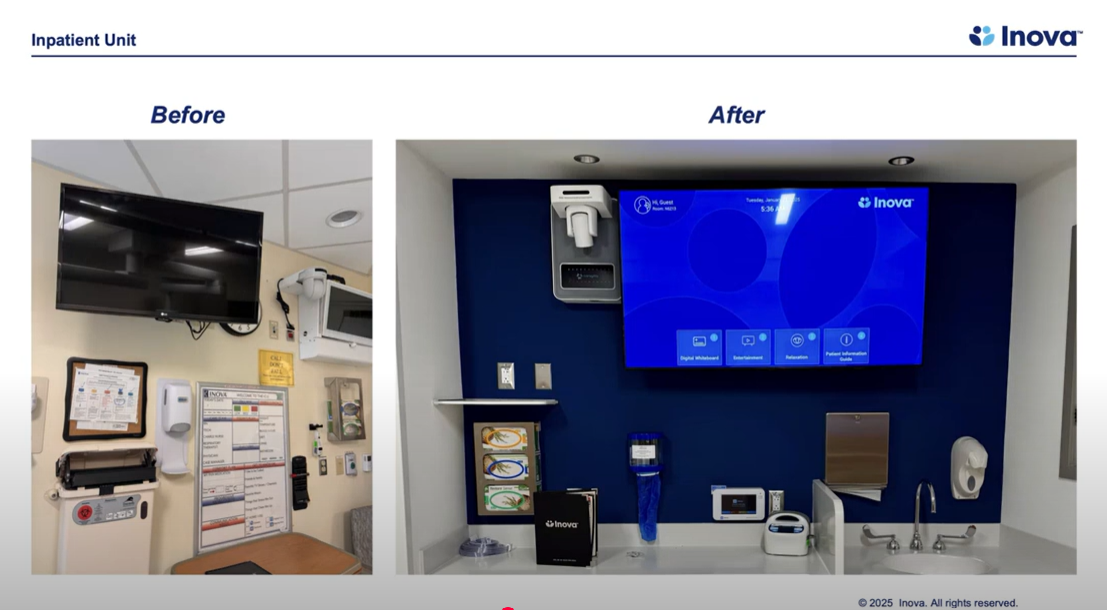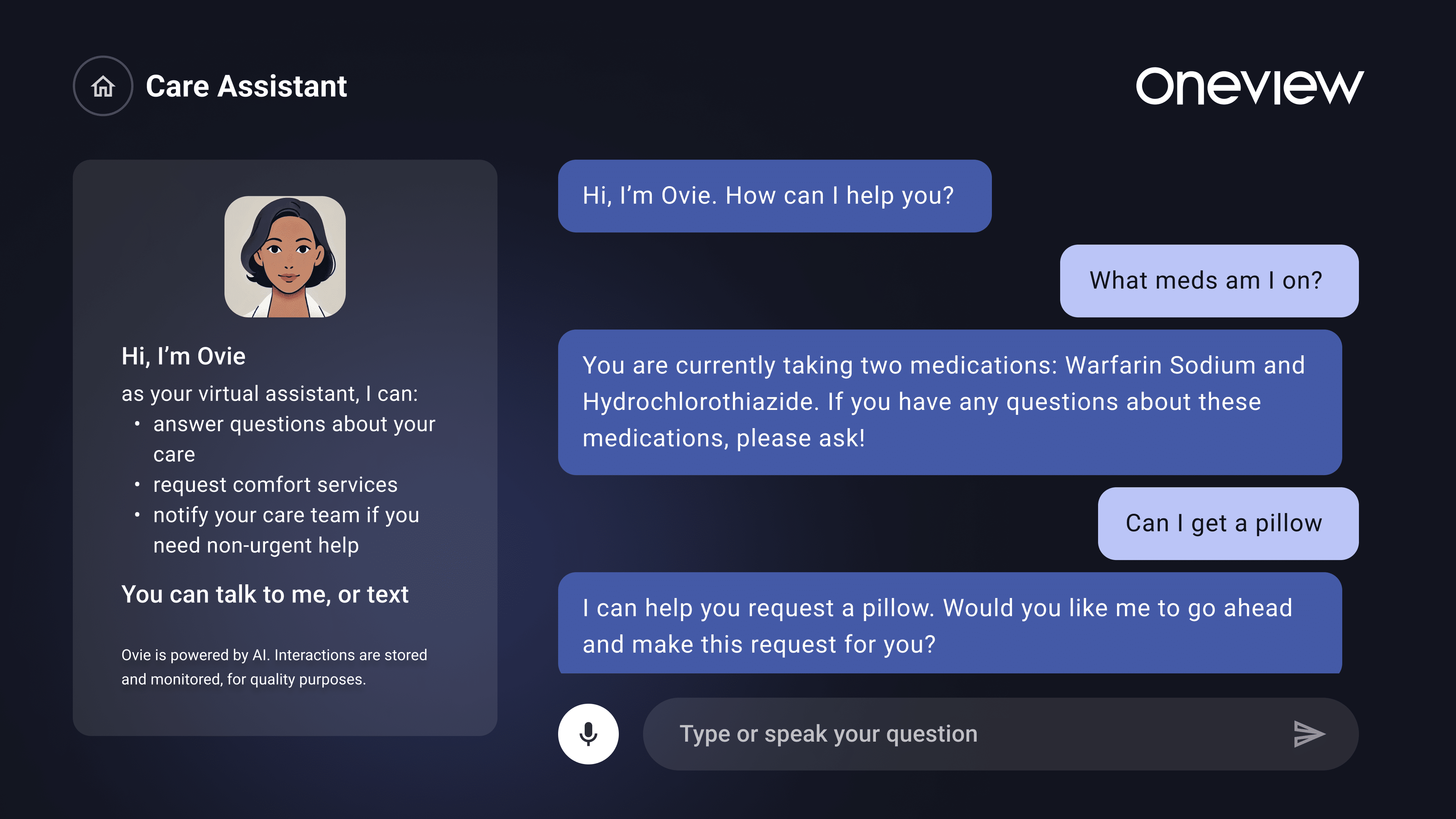Is there a correlation between increased levels of patient activation and improved health outcomes and lower costs? This was the question a group of researchers from the School of Nursing at the George Washington University, University of Oregon and Fairview Medical Group set out to answer. The results of their study 1 published in the past week, confirm that people more activated in their care have better health outcomes and incur lower costs – specifically, patients with the highest levels of activation had a projected cost 31% lower than those at the lowest activation levels.
Conducted at Fairview Health Services, a large non-profit health care system in Minnesota, researchers examined activation levels of more than 32,000 adult patients using the Patient Activation Measure™ score, a metric used to quantify a person’s knowledge, skills and confidence in managing one’s own health and healthcare. The Patient Activation Measure was categorized into four levels with level one being the least engaged and four representing the highest level of engagement. This study is an important milestone for healthcare providers and health systems as it is the largest longitudinal investigation to date into Patient Activation, published at a time when healthcare delivery systems are turning to patient activation as a tool to help them and their patients improve outcomes and influence costs2.
Key findings include:
- Patients who were at the lowest levels of activation had significantly lower odds of having positive outcomes for seven of 13 health indicators compared to those who remained at level four.
- Similar patterns appeared when examining the activation levels and billed costs. When a patient stayed at the highest level of activation over the study period, their projected costs were 31% lower than for people who stayed at the lowest levels.
- Costs for people moving up or down levels moved in the expected direction as their activation level changed. Costs for people who moved down from activation level four to three over one year were 14% higher than those who stayed in level four.
- Those moving from level three or four down to levels one or two had projected costs that were 27% higher than those who were at level four.
Patient engagement has become a major focus of health reform and the findings of these studies suggest that efforts to increase patient activation will help achieve key goals of health reform. “For accountable care organizations and other delivery systems looking to reduce costs and improve the health of those they care for, this study suggests that patient activation can be a critical pathway to achieving these goals,” said Judith Hibbard, Dr, PH professor emerita and senior researcher, Health Policy Research Group at the University of Oregon and developer of the Patient Activation Measure.
This new research adds to the findings of a previous study at Boston Medical Center 3 which examined the role of patient activation in the rate of hospital readmission; patients with lower levels of patient activation had a higher rate of post-discharge 30-day hospital utilization. As reimbursement for hospital readmission declines in the current healthcare climate, understanding patient factors leading to readmission is a potential avenue for reducing cost and improving care. According to the study the identification of patients at risk for unplanned hospitalization following discharge presents an opportunity for intervention. Lead author Suzanne Mitchell, MD.MS, believes the study’s findings “suggest that access to greater services is not sufficient to avoid readmissions, but that available resources need to be tailored to the patient’s individual needs. These results reinforce a recent emphasis on targeted patient education during hospitalization.”
References
- Greene, J., et al. When Patient Activation Levels Change, Health Outcomes And Costs Change, Health Affairs,March 2015 vol. 34 no. 3431-437
- Hibbard, J., et al. Patients With Lower Activation Associated With Higher Costs; Delivery Systems Should Know Their Patients’ ‘Scores’. Health Affairs, February 2013 32:2216-222.
- Mitchell, S., et al. Patient Activation and 30-Day Post-Discharge Hospital Utilization. Journal of General Internal Medicine, February 2014, Volume 29 (2): 349-355.



